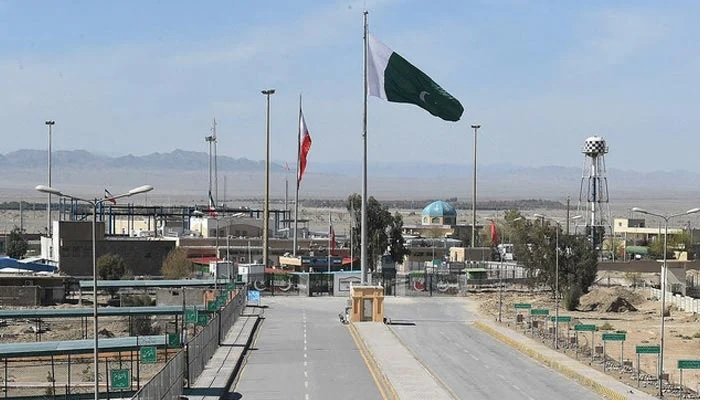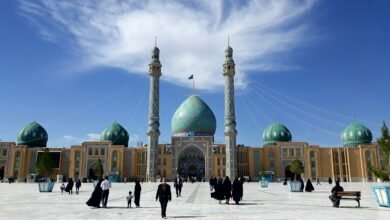
Traveling by road from Pakistan to Iran offers an adventurous and scenic journey through deserts, mountains, and historic regions. It’s a favorite route for overlanders, pilgrims, and cultural tourists alike who want to explore two diverse Islamic nations by land.
1. Border Crossing: Taftan – Mirjaveh
The main border for road travel between Pakistan and Iran is:
-
Pakistan Side: Taftan, Balochistan
-
Iran Side: Mirjaveh, Sistan and Baluchestan
-
Open To: Tourists, pilgrims, and goods transport
-
Documents Needed:
-
Valid passport
-
Valid Iranian visa
-
Vehicle documents (for private cars or bikes)
-
Carnet de Passage (for international travelers bringing personal vehicles)
-
2. Route and Major Stops
A typical road trip from Lahore/Karachi/Quetta to Iran includes:
-
Karachi/Lahore → Quetta → Taftan → Zahedan → Kerman → Yazd → Isfahan → Tehran
-
Road condition: Mostly paved highways in Iran; rough patches near Taftan
-
Fuel stations: Available, but less frequent near the border
3. Transport Options
-
Private Vehicle / Bike: Requires documentation; ensure Iranian insurance
-
Bus Service: Some Pakistani tour operators run pilgrimage buses to Mashhad and Qom
-
Public Transport: Shared taxis or buses available from Zahedan to other Iranian cities
4. Visa and Travel Permits
-
Visa Type: Tourist, business, or pilgrimage visa from the Iranian consulate
-
Pakistanis require visa in advance; visa-on-arrival is not available by land
-
No NOC required for most travelers; but solo overlanders may need clearance from Pakistan’s Ministry of Interior
5. Safety and Security
-
Pakistan Side: Avoid travel without proper security advice through Balochistan
-
Iran Side: Generally safe; checkpoints are routine
-
Best Practice: Travel in groups, avoid night travel near the border, stay on main roads
6. Cultural and Religious Stops for Pilgrims
Many pilgrims travel by road to visit the holy sites in:
-
Mashhad (Imam Reza Shrine)
-
Qom (Hazrat Masoumeh Shrine)
-
Shiraz and Tehran for other Imambargahs and shrines
Special arrangements are often made for Arbaeen or Muharram groups.
7. Cost and Budget
-
Fuel cost: Lower in Iran
-
Accommodation: Budget hotels and roadside inns available
-
Travel duration: 3–5 days from Lahore to central Iran by road
8. Things to Carry
-
Extra fuel, food, water (for border crossing delays)
-
Persian phrasebook or translation app
-
Maps or offline GPS navigation
-
Emergency contact numbers (both Pakistani & Iranian embassies)
Conclusion
Traveling by road from Pakistan to Iran is not only feasible but rewarding for those seeking spiritual, cultural, or adventurous experiences. With proper planning and precautions, this journey becomes a memorable gateway between South Asia and the Middle East.



